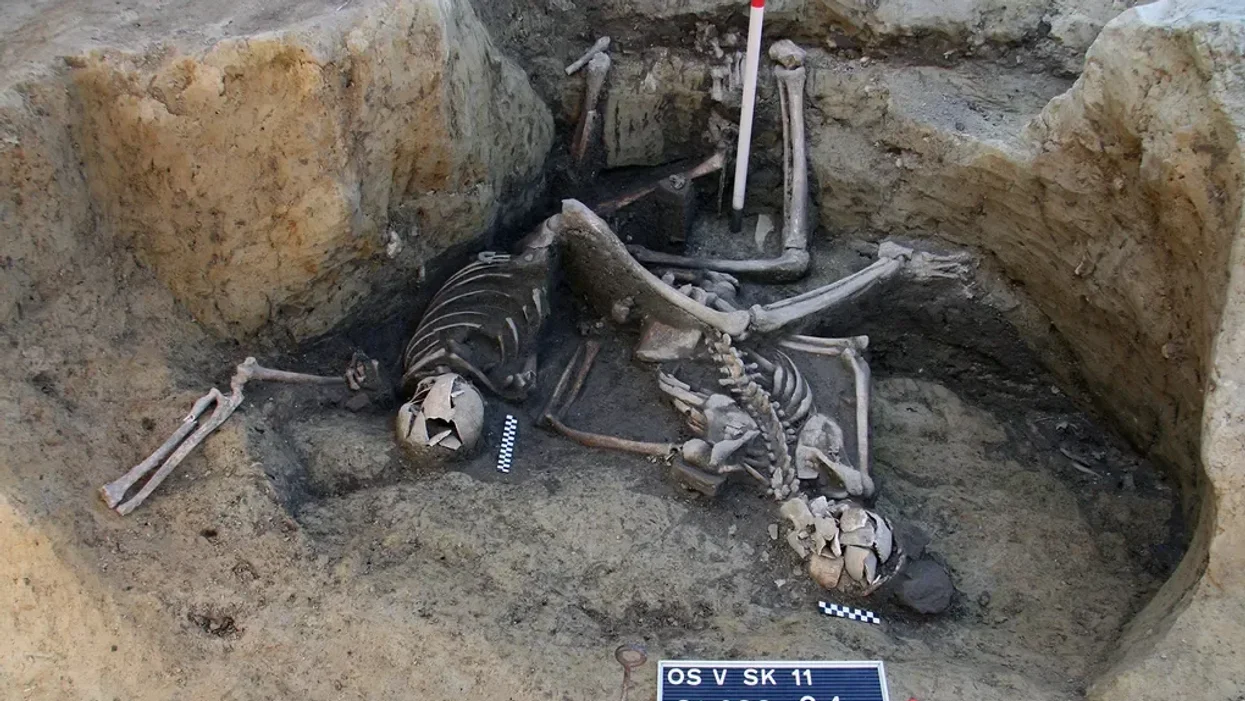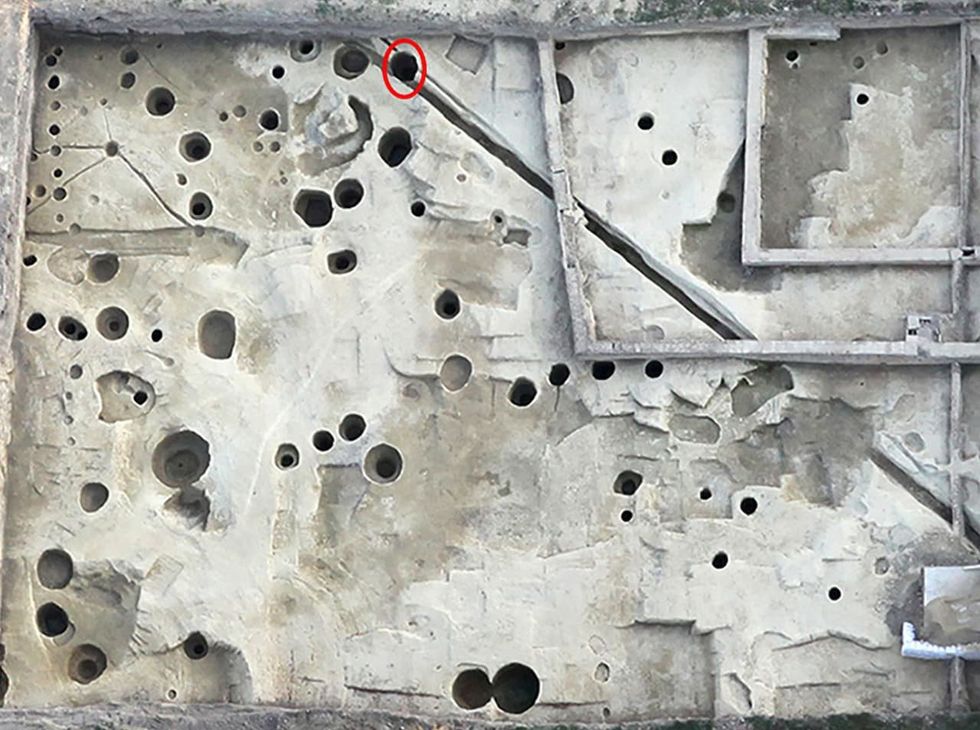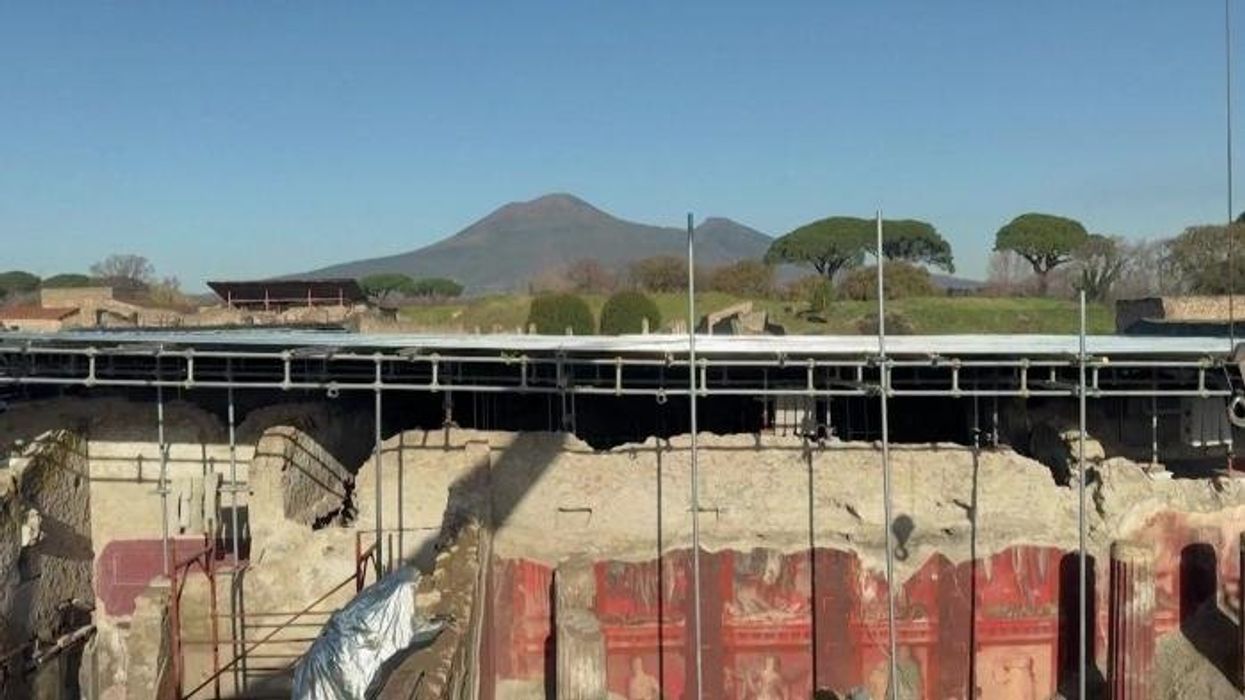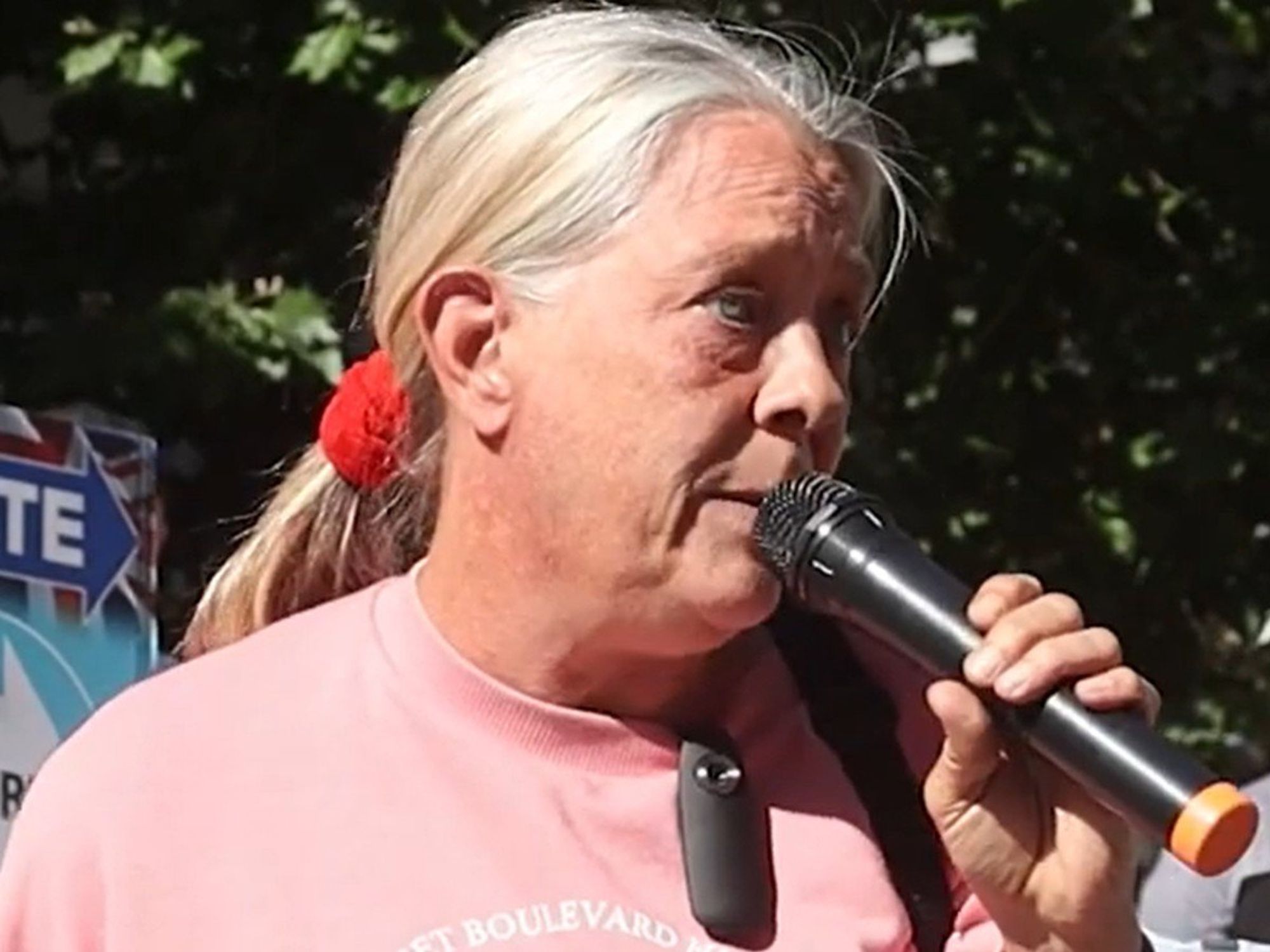Archaeology breakthrough as skeletal remains of seven Roman soldiers uncovered from ancient well

The Romans had established control over the area during the first century BCE, developing it from a military encampment into a thriving civilian community
Don't Miss
Most Read
Archaeologists have unearthed the complete skeletal remains of seven Roman soldiers at the base of an ancient well in eastern Croatia.
The discovery occurred during pre-construction excavations for a university development at the site of the former Roman city of Mursa, present-day Osijek.
Lead researcher Mario Novak, whose findings appear in PLOS ONE, characterised the find as "a mass grave with seven completely preserved skeletons" containing "victims of a catastrophic event".
The exceptional preservation of the remains has provided researchers with an unprecedented opportunity to examine this chapter of Roman military history.
The use of a well as a burial site represents an unusual departure from standard Roman funeral practices.
Scientists believe these soldiers perished during the Battle of Mursa in 351 CE, amongst the most devastating conflicts in Roman military history.
The engagement saw Emperor Constantius II triumph over the usurper Magnentius, though at tremendous cost.
Historical records indicate Constantius suffered approximately 30,000 fatalities whilst Magnentius lost around 24,000 troops, making it a costly victory.
ss burial.
 Archaeology breakthrough as skeletal remains of seven Roman soldiers uncovered from ancient well |
Archaeology breakthrough as skeletal remains of seven Roman soldiers uncovered from ancient well | M. Novak et al. 2025
The settlement of Mursa held strategic importance as a major trading hub along the Danube within the Roman province of Pannonia.
The Romans had established control over the area during the first century BCE, developing it from a military encampment into a thriving civilian community.
Genetic testing has revealed that the deceased were not indigenous to the region. "Ancient DNA analysis shows that individuals from the Mursa mass grave had a heterogenous ancestry," Novak explained.
"None of them show genetic continuity with the preceding local Early Iron Age population."
LATEST DEVELOPMENTS
This genetic evidence strengthens the hypothesis that these were indeed Roman military personnel rather than local residents.
The diverse ancestral backgrounds detected through DNA analysis align with the multicultural composition typical of Roman legions, which recruited soldiers from across the empire.
The archaeological team concluded that their investigations "strongly suggest that the studied individuals were Roman soldiers."
The remains, initially discovered in 2011, bore clear signs of brutal combat.
Two individuals sustained severe head injuries from blunt force trauma, which researchers identified as "cranial blunt force injuries".
Scientists noted these wounds "strongly indicate intentional violence" and are "usually associated with face-to-face combat".
Additional skeletal damage suggested injuries inflicted by projectile weapons, including arrows and spear points.

The violent nature of these wounds corresponds with historical accounts of the Battle of Mursa's ferocity
|M. Novak et al. 2025
The violent nature of these wounds corresponds with historical accounts of the Battle of Mursa's ferocity.
The city's turbulent history during the Crisis of the Third Century saw multiple conflicts, but the 351 CE battle remains the most likely explanation for this mass burial.











